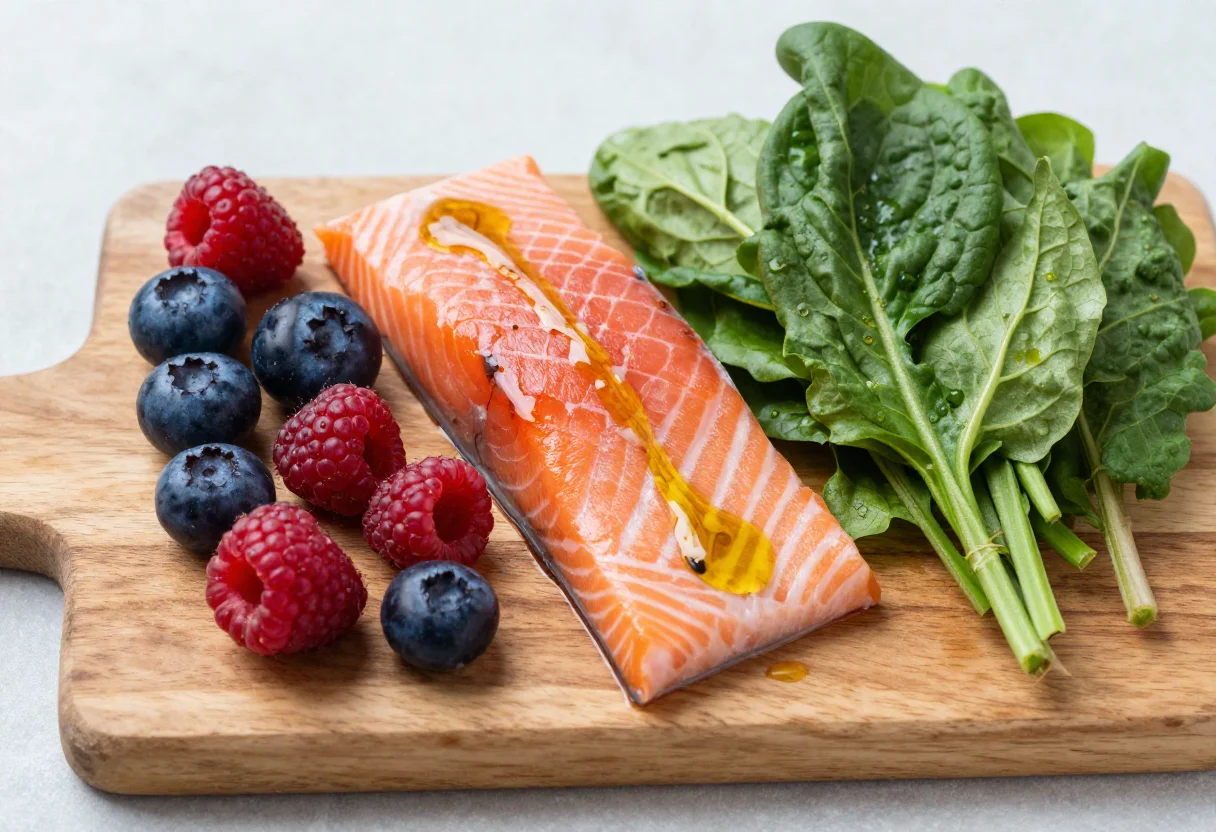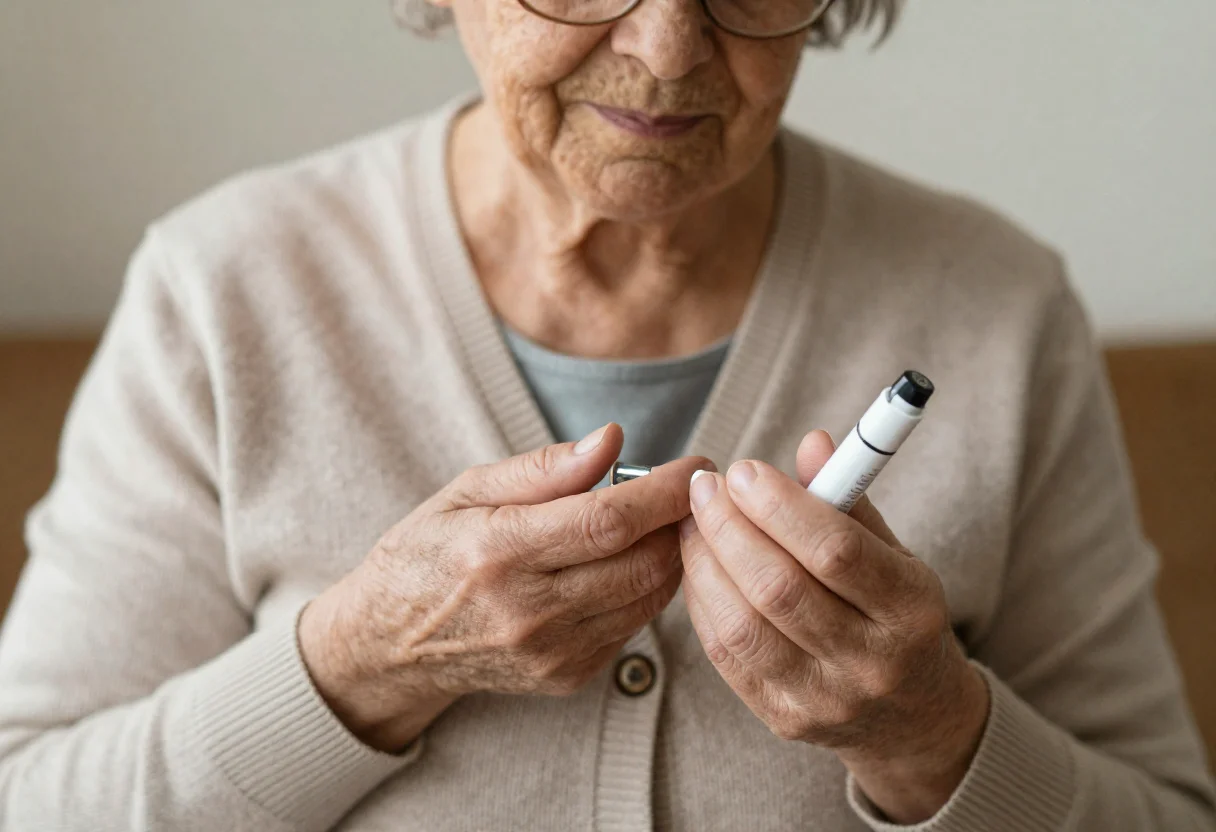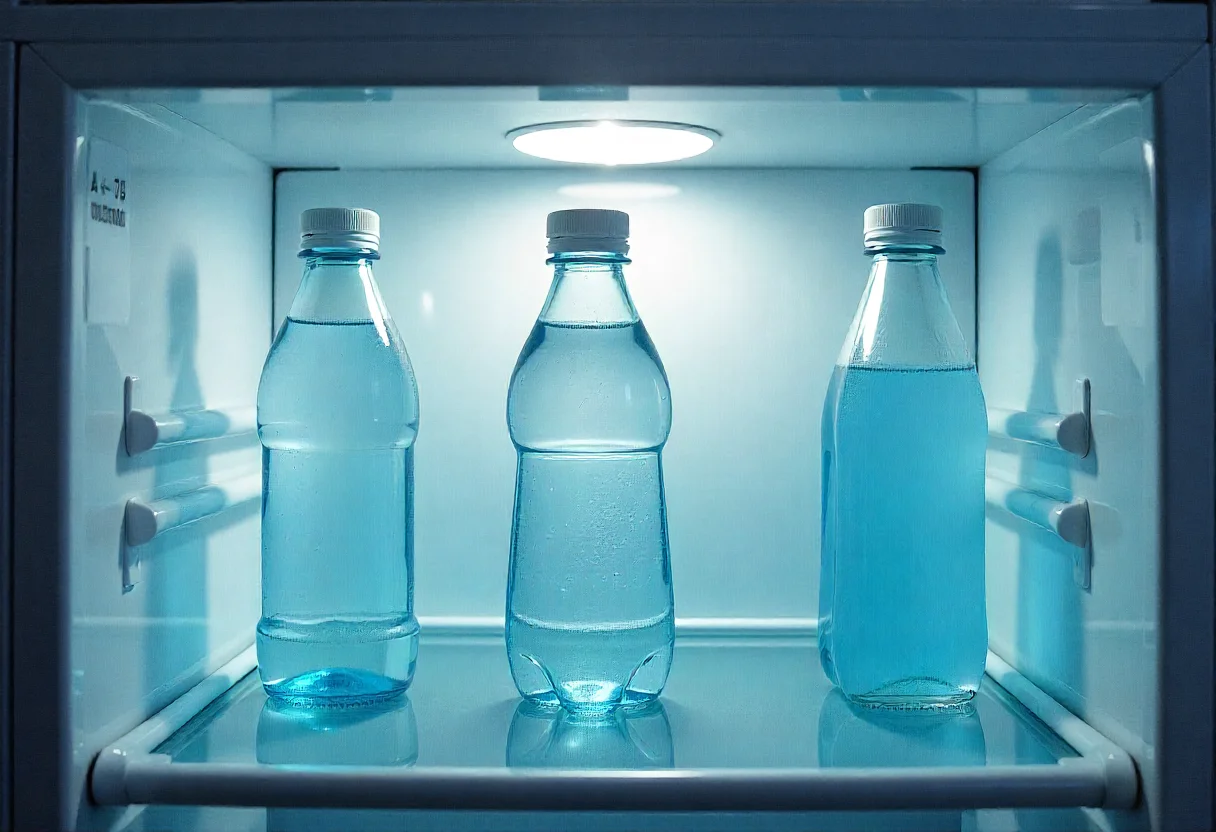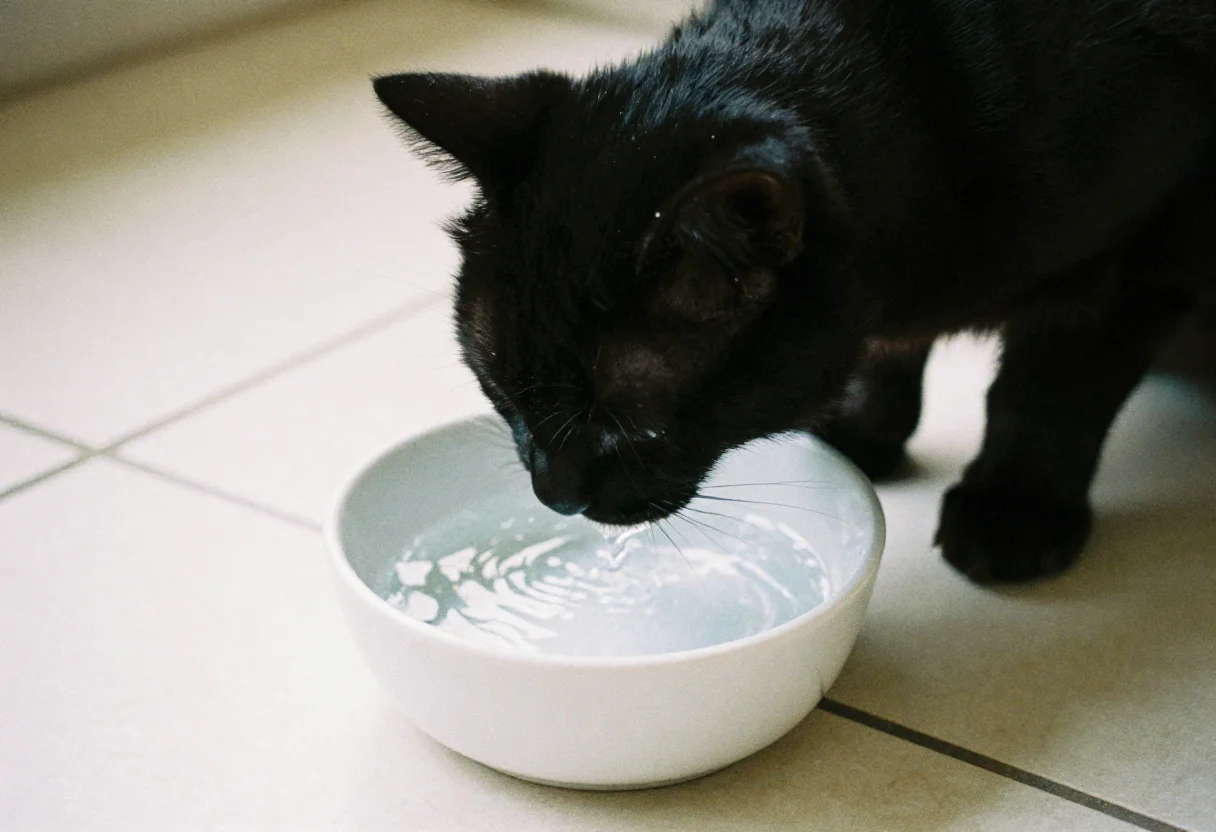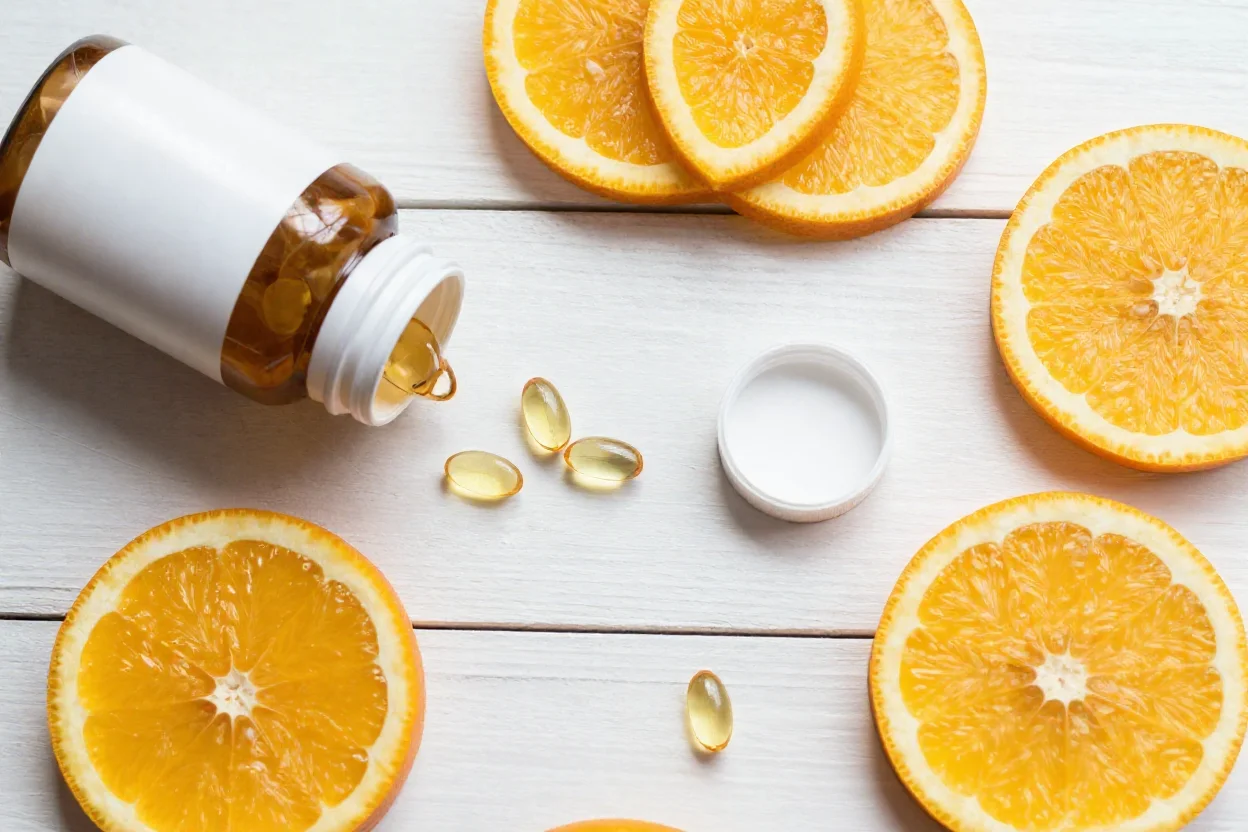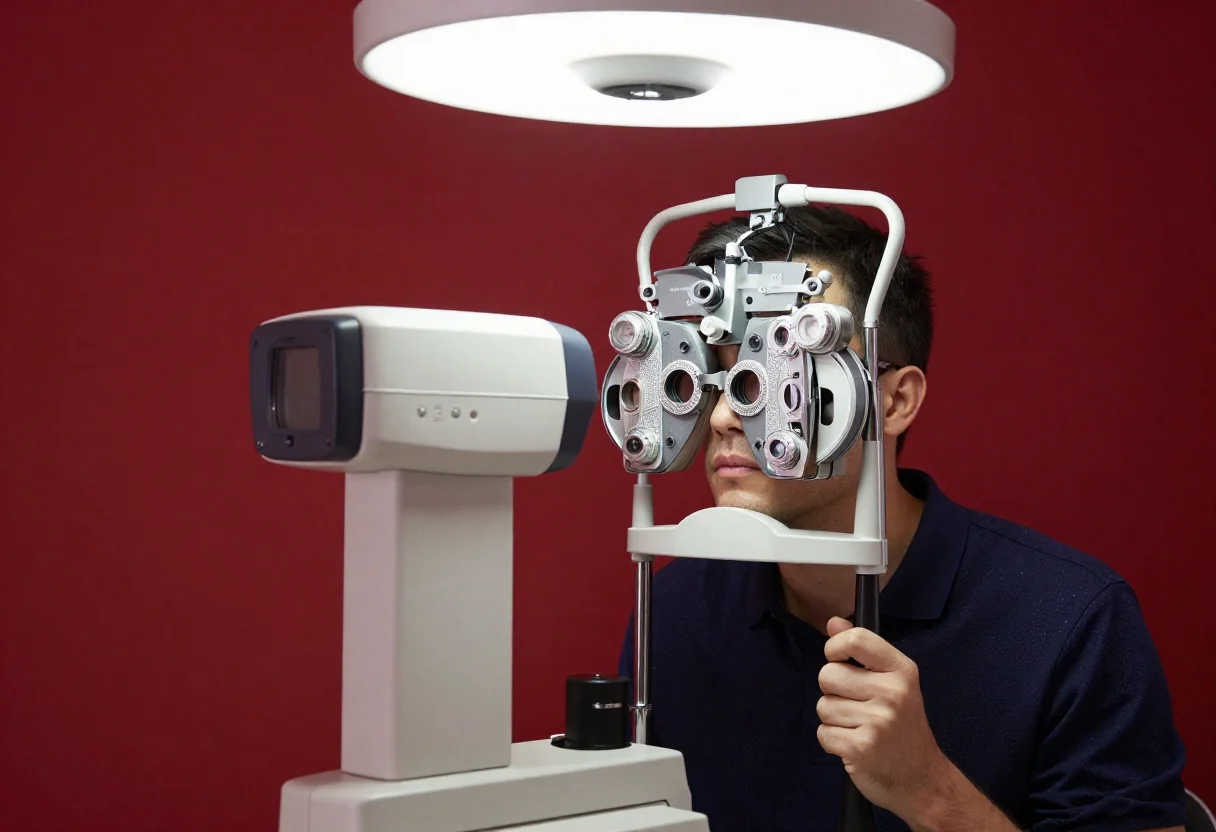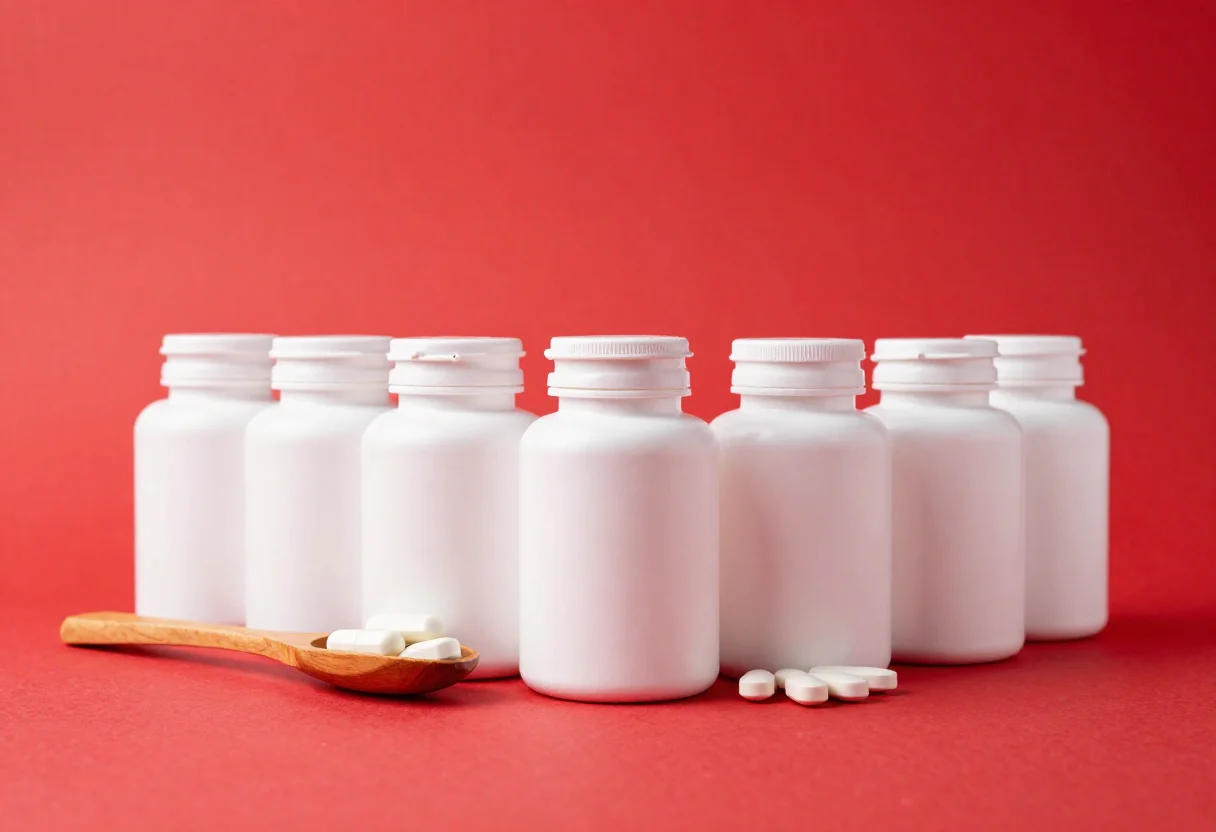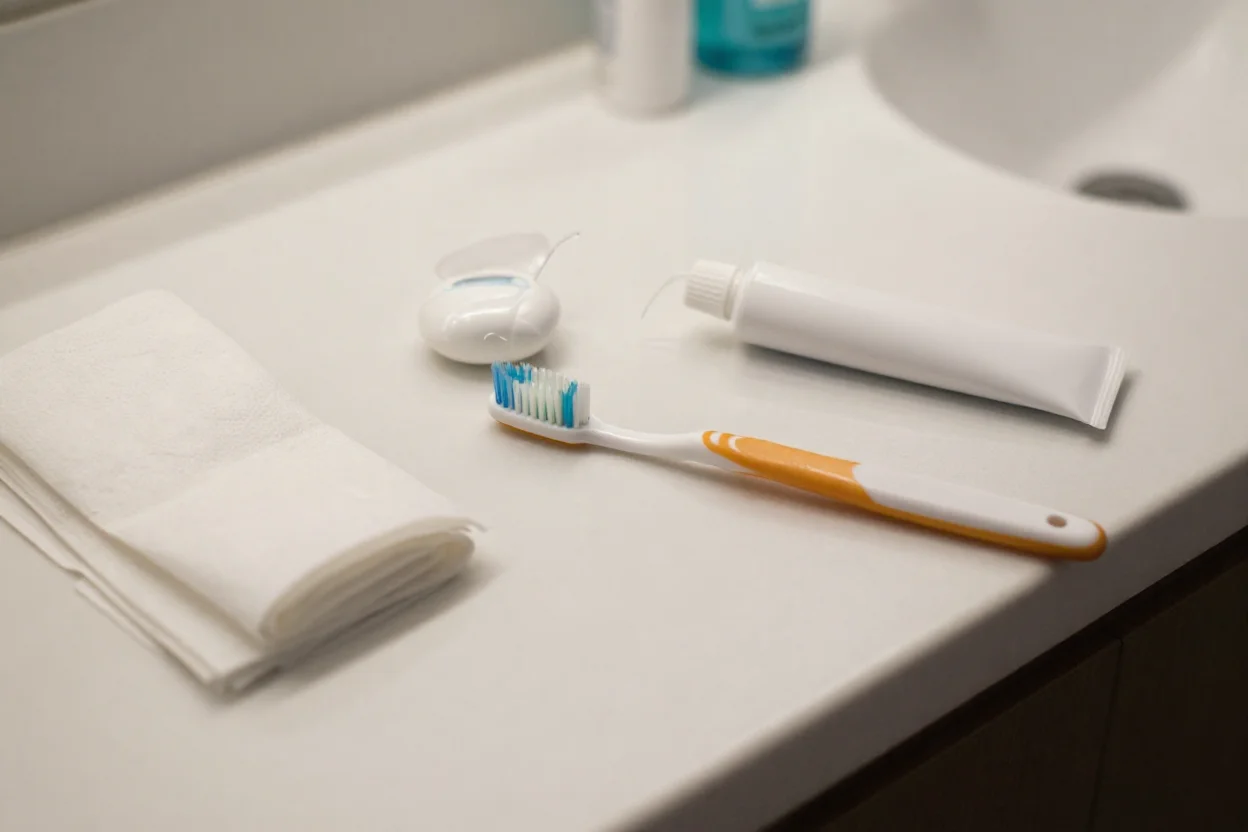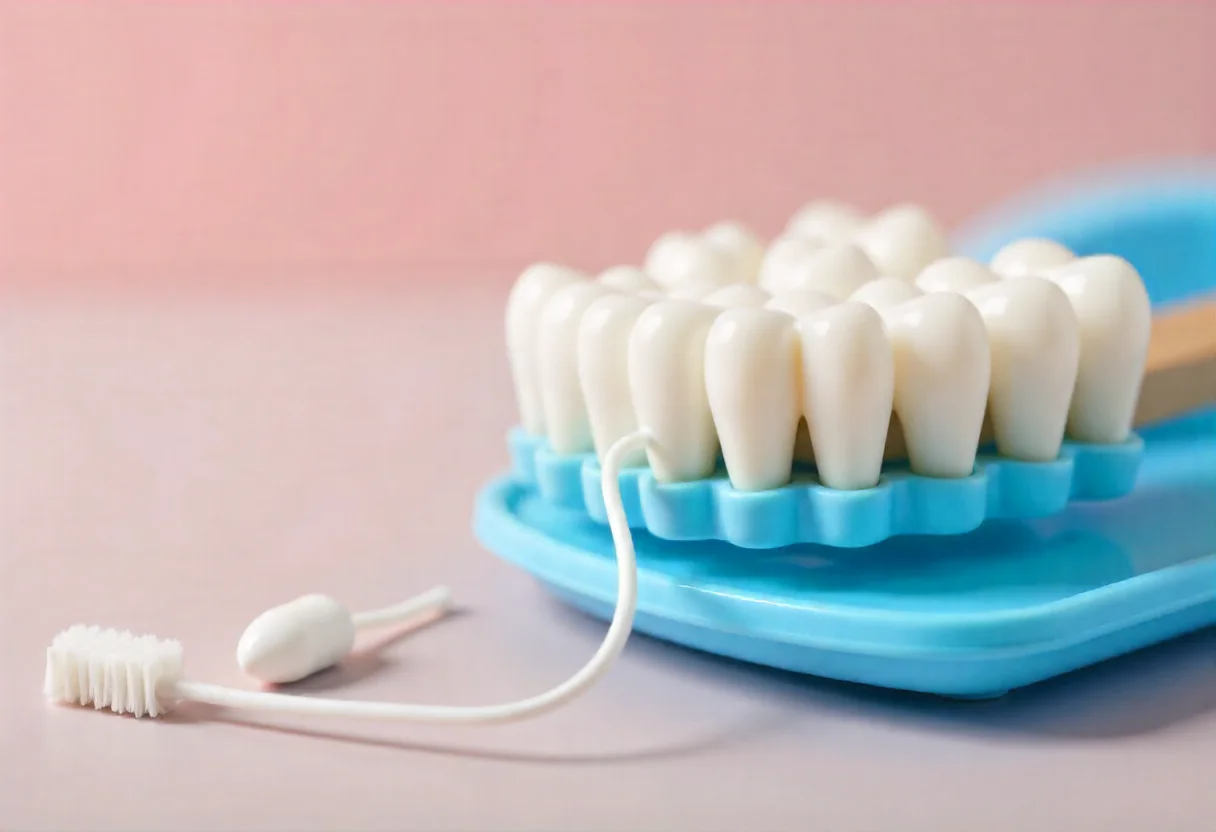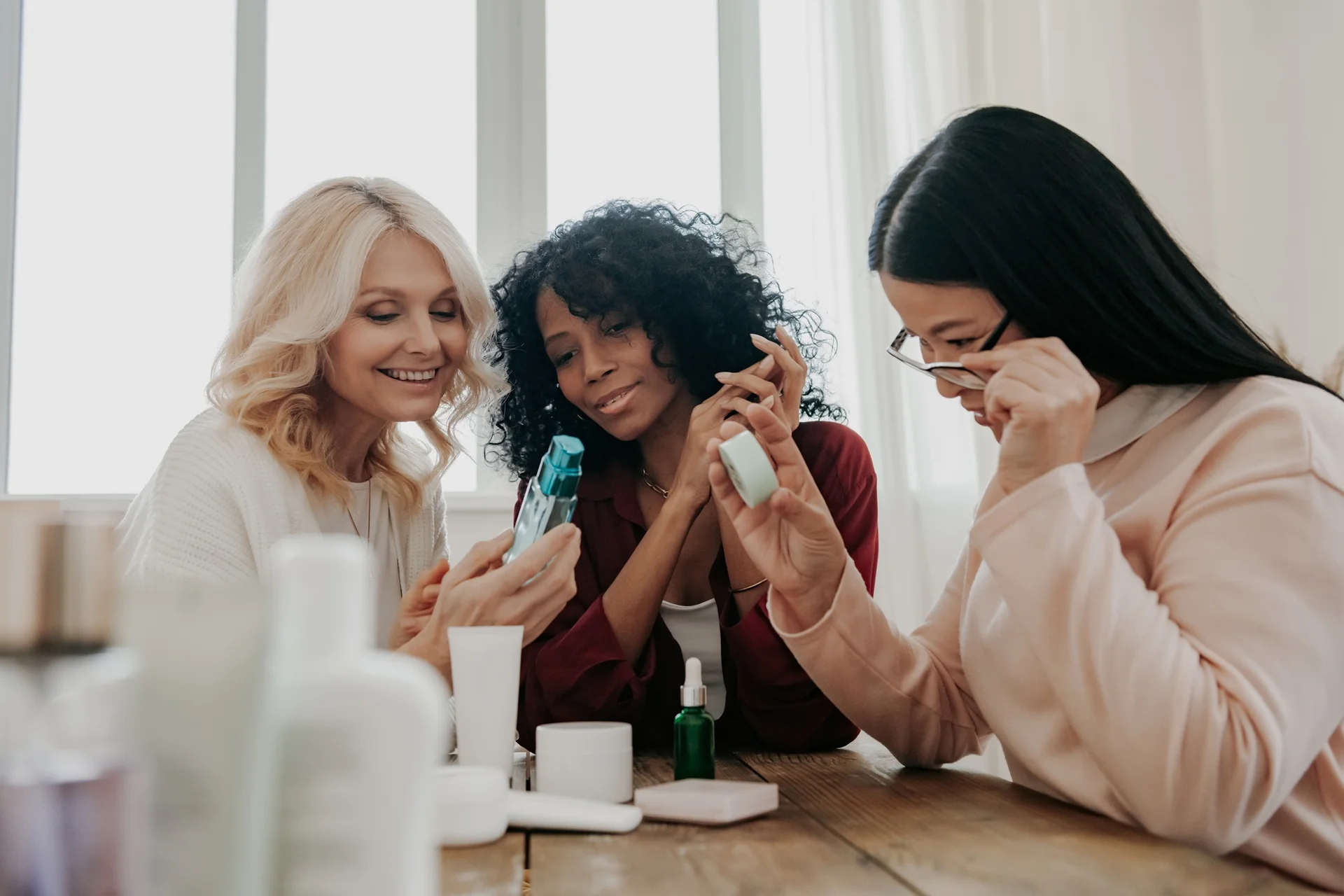
When reading an ingredients list, it’s important to know a few key details.
- There is a specific order to the ingredients. The ingredients with the highest concentration appear at the top, while the ones with the lowest concentration are listed at the end. So, the first few ingredients are the main components of the formula.
- For ingredients with a concentration lower than 1%, there is no strict order, and they can be listed randomly.
- Latin and English names are used; plant-based ingredients are written with their Latin scientific names, while chemical components are listed by their English names.
By keeping this information in mind, we can make more informed choices while reading the ingredients list.
- The main components of the product (ingredients listed at the top)
- The active ingredients used in the product (e.g., retinol, vitamin C)
- The allergens present in the product (e.g., limonene, linalool)
- Ingredients that may cause sensitivity (e.g., alcohol denat, parfum)
- Other components used in the product (e.g., preservatives, excipients)
- Does the product’s content match the product claims? (e.g., in a vegan product, there should be no animal-derived ingredients)
- Does the product contain any ingredients that could irritate my skin? (e.g., if you have sensitive skin, alcohol denat should not be at the top of the list)
- What active ingredients are used in the product? (e.g., you can identify beneficial actives for your skin through trial and error with the products you use)
- How stable are the active forms used in the product? Can skin absorb them? (you can find this information quickly through online research, but if you’re not interested in details, you don’t have to dive into it)
By looking at the ingredients list, you can determine whether a product is vegan. A vegan product should not contain the following ingredients:
- Beeswax (cera alba)
- Honey
- Propolis
- Snail secretion filtrate
- Lanolin or lanolin oil
- Keratin
- Collagen
- Elastin
- Silk protein or silk amino acids
- Squalene
- Carmine (CI 75470, Cochineal)
- Guanine
- Hyaluronic acid
- Stearic acid
- Retinol
Of course, there are plant-based alternatives to these ingredients, and vegan products use plant-sourced raw materials.
Yes, you can pay attention to ingredients that pregnant women should avoid or choose products specifically formulated for pregnant women. The following ingredients should not be used during pregnancy:
- Retinoids (Vitamin A and its derivatives - retinol, retinyl, retinal, tretinoin…)
- Hydroquinone (a skin whitening active)
Additionally, professionals often recommend the following for pregnant individuals:
- Reduce the number, frequency, and amount of cosmetic products used
- Opt for products with short ingredient lists, fragrance-free, rinse-off, and simple formulations
- Avoid the use of essential oils
- Choose products with reliable certifications (e.g., Cosmebio, Ecocert, Cosmos, Natrue)
If you have sensitive skin, selecting the right products is crucial. By opting for products suitable for sensitive skin, you can reduce the risk of irritation. It can also be helpful to avoid the following ingredients with high irritation potential:
- Parfum/Fragrance
- Allergens (Amyl Cinnamal, Amylcinnamyl Alcohol, Anise Alcohol, Benzyl Alcohol, Benzyl Benzoate, Benzyl Cinnamate, Benzyl Salicylate, Cinnamal, Cinnamyl Alcohol, Citral, Citronellol, Coumarin, Eugenol, Farnesol, Geraniol, Hexyl Cinnamal, Hydroxycitronellal, Hydroxyisohexyl 3-Cyclohexene Carboxaldehyde, Isoeugenol, Limonene, Linalool, Methyl 2-Octynoate, Evernia Furfuracea Extract, Evernia Prunastri Extract, Alpha-Isomethyl Ionone, Butylphenyl Methylpropional)
- Some surfactants if used alone in the formula (SLS, SLES, cocoamidopropyl betaine…)
- Some colorants (p-Phenylenediamine, CI 19140, CI 42090)
- Some sunscreen filters (Oxybenzone, avobenzone, octocrylene)
- Some essential oils (tea tree oil, lavender oil, peppermint oil, eucalyptus oil)
In the table below, I have explained the categories of ingredients used in cosmetic products, their functions, and examples with their INCI names. This table will certainly be very helpful in your journey to learn how to read ingredient lists.
| Ingredient category | Function | Examples with INCI names |
| Solvents | Helps to obtain a homogeneous mixture, dissolves actives, and stabilizes the formula. | Aqua, alcohol denat, dipropylene glycol, 1,2-hexanediol, 1,3-propanediol… |
| Emulsifiers | Allows the mixture of water and oil phases. | Cetearyl alcohol, glyceryl stearate, behenyl alcohol, PEG-100 stearate, lecithin, polyglyceryl-4-oleate, PEG-7 hydrogenated castor oil… |
| Emollients | Helps soften the skin. | Shea butter, squalane, caprylic/capric triglyceride… |
| Humectants | Helps maintain skin moisture. | Glycerine, sodium hyaluronate, propylene glycol, sorbitol, urea, sodium PCA… |
| Actives | Performs the main function of the product. | Ascorbic acid, salicylic acid,niacinamide, panthenol, retinol… |
| Viscosity modifiers | Helps adjust the product’s consistency. | Xanthan gum, carbomer, hydroxyethylcellulose… |
| UV filters | Protects against harmful sun rays. | Titanium dioxide, avobenzone, Ethylhexyl methoxycinnamate, zinc oxide… |
| Performance enhancers | Enhances the product’s performance or helps improve its texture. | Sodium polyacrylate, calcium sodium borosilicate, dimethicone (and) dimethicone/vinyl dimethicone crosspolymer, cellulose… |
| Fragrances | Gives the product fragrance. May contain allergens. |
Parfum/Fragrance |
| Colorants | Provides color to the product. | CI 77491, ultramarines, yellow 5 lake… |
| pH adjusters | Adjusts the product’s acidic/basic balance. | Citric acid, sodium hydroxide, lactic acid… |
| Chelating agents | Increases stability by binding metal ions in the formula. | Disodium EDTA, tetrasodium glutamate diacetate… |
| Preservatives | Prevents microorganism growth and spoilage. | Phenoxyethanol, sodium benzoate, potassium sorbate, benzyl alcohol |
1.Eylül Eroğlu, Kozmetik Sırları Postcast https://open.spotify.com/show/7BC0bWbFzkv0Er4p4czlrF?si=d4be4a810d574ace
2.Bozzo P, Chua-Gocheco A, and Einarson A, Safety of skin care products during pregnancy. (2011).
3.Ekstein SF and Hylwa S, Sunscreens: A Review of UV Filters and Their Allergic Potential. (2023).
4. T.C. Sağlık Bakanlığı Kozmetik Mevzuatı https://www.titck.gov.tr/faaliyetalanlari/kozmetik/kozmetik-mevzuati
5. Marie C, et al., Use of Cosmetic Products in Pregnant and Breastfeeding Women and Young Children:
Guidelines for Interventions during the Perinatal Period from the French National College of Midwives. (2022)
